marble
marble
Etymology:
Carlo Franzoni’s sculptural marble chariot clock depicting Clio, the Greek muse of history.this stone wall of Ruskeala. Republic of Karelia,Russia The word “marble” derives from the Ancient Greek μάρμαρον (mármaron), from μάρμαρος (mármaros), “crystalline rock, shining stone”,perhaps from the verb μαρμαίρω (marmaírō), “to flash, sparkle, gleam”;R. S. P. Beekes has suggested that a “Pre-Greek origin is probable.”marble is a beauty stone.
Physical origins
Pure white this stone is the result of metamorphism of a very pure (silicate-poor) limestone or dolomite protolith. The characteristic swirls and veins of many colored this stone varieties are usually due to various mineral impurities such as clay, silt, sand, iron oxides, or chert which were originally present as grains or layers in the limestone. Green coloration is often due to serpentine resulting from originally magnesium-rich limestone or dolostone with silica impurities. These various impurities have been mobilized and recrystallized by the intense pressure and heat of the metamorphism.
this is a rock resulting from metamorphism of sedimentary carbonate rocks, most commonly limestone or dolomite rock. Metamorphism causes variable recrystallization of the original carbonate mineral grains. The resulting marble rock is typically composed of an interlocking mosaic of carbonate crystals. Primary sedimentary textures and structures of the original carbonate rock (protolith) have typically been modified or destroyed.
What is that
this stone is most famous for its decorative arts, carvings of walls, floors and furniture, which is luxuriously utilizing its stylish look. The basic ingredient of this stone comes from limestone and this famous stone is named after the marble quarries in China. Marble or “marble” is produced in several European and Chinese countries, but the best quality is the Italian products.
Vulnerable to snow and rain
Because of the diverse nature of the marble’s design and variety, it is one of the most commonly used materials in interior design. However, because of vulnerability to rainfall, it is not recommended for the exterior of the building.
Despite its strong strength, this stone is vulnerable to carbon, and the airborne hydrochloric acid can also be abrasive. But in the interior of the building there is no problem using it and you can enjoy it.


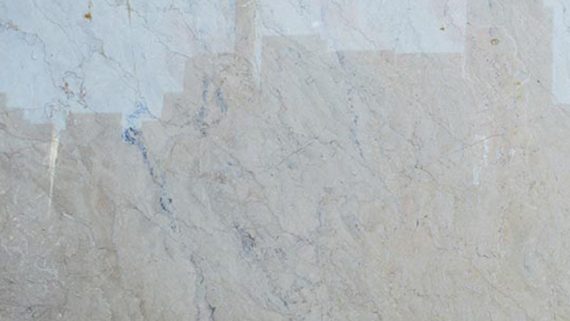
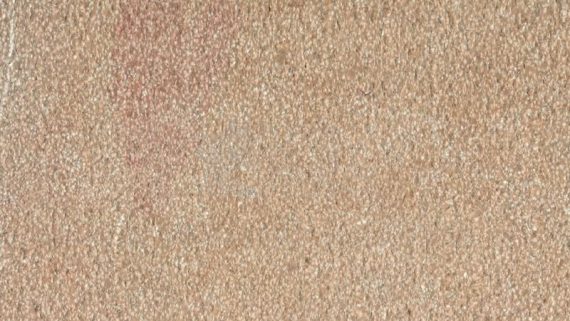
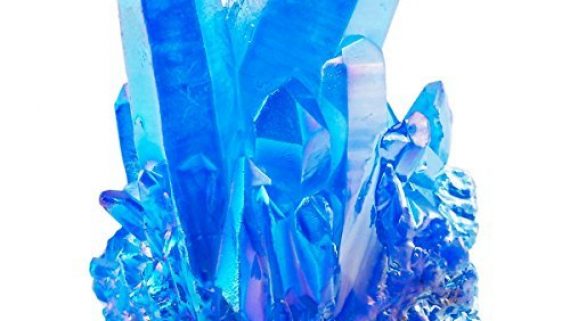
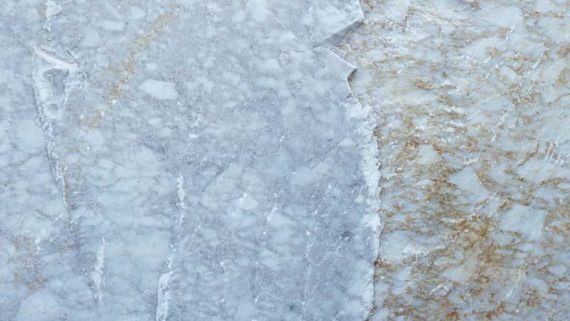
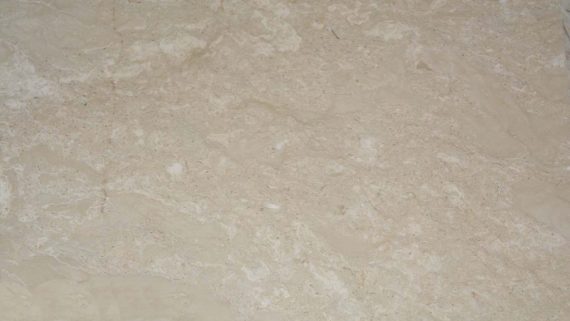
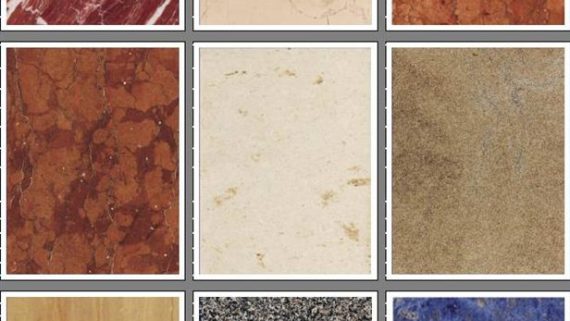
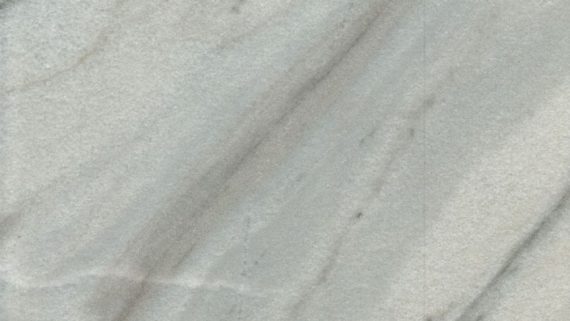
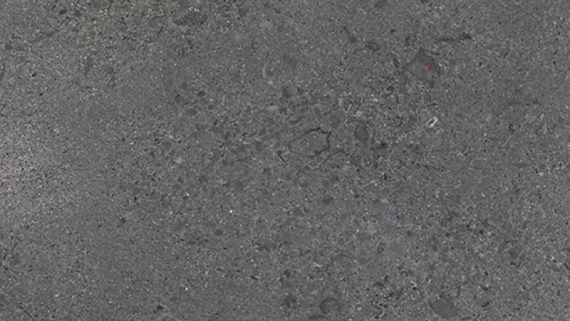
Comments
Comments are closed.